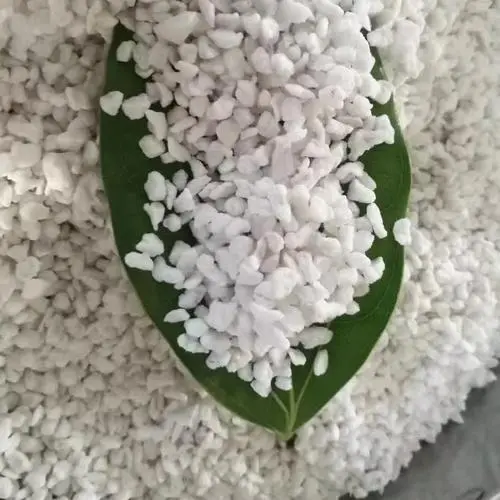
expanded perlite price
Understanding the Price Trends of Expanded Perlite
Expanded perlite is a versatile and lightweight volcanic glass material that has found widespread use across various industries. It is primarily utilized in construction, horticulture, and as a filter aid in various processes. As the demand for sustainable materials grows, expanded perlite is experiencing an increase in popularity. However, understanding its pricing dynamics is crucial for businesses and consumers alike.
What is Expanded Perlite?
Expanded perlite is created by heating perlite ore to high temperatures, which causes it to expand and become a lightweight, porous substance. This unique structure provides excellent insulation properties, making it an ideal choice for construction materials, such as lightweight concrete and insulation products. Additionally, its moisture retention properties make it a favored option in gardening and potting mixes, providing aeration and drainage in soil.
Factors Influencing Price
Several factors contribute to the pricing of expanded perlite, including raw material costs, manufacturing processes, and market demand. The primary raw material, perlite ore, is mined from volcanic deposits. Fluctuations in mining costs due to labor, energy, and environmental regulations can significantly impact the price of the final product. Furthermore, the energy-intensive process of heating the ore to achieve expansion contributes to variable production costs.
Demand dynamics also play a crucial role in the pricing of expanded perlite. Growing trends in organic gardening and eco-friendly construction practices have driven up the demand for this material. With a surge in green building initiatives and an increasing focus on sustainability, the market for expanded perlite has expanded rapidly. However, the global supply chain can cause variability in availability and, consequently, price shifts.
expanded perlite price

Market Trends and Recent Developments
In recent years, the price of expanded perlite has demonstrated some volatility. This can be attributed to global disruptions, including supply chain issues and economic fluctuations caused by the COVID-19 pandemic. As construction and landscaping activities ramped back up post-pandemic, an increase in demand put upward pressure on prices.
Additionally, prices can vary based on geographic regions. In areas with significant perlite mining operations, such as the United States, prices may be more stable due to local availability. However, in regions where expanded perlite must be imported, costs can rise due to shipping fees and tariffs, which can further complicate pricing structures.
Future Outlook
Looking ahead, the pricing of expanded perlite is likely to be influenced by multiple factors, including technological advancements in production methods, environmental regulations, and shifts in consumer preferences. Innovations aimed at reducing production costs could help stabilize prices, while continued awareness of sustainability could drive demand higher.
While the current market landscape suggests potential for price increases, staying informed about industry trends, supplier contracts, and material alternatives will help businesses navigate the complexities associated with expanded perlite pricing. As the world continues to shift towards more sustainable practices, the importance of understanding and adapting to these price changes will be key for both industries that rely on expanded perlite and consumers looking to make informed purchasing decisions.
In conclusion, while the price of expanded perlite may fluctuate due to various factors, its importance as a building and gardening material is undeniable. Staying abreast of market trends, understanding the underlying cost structures, and adapting to consumer preferences will be essential for anyone involved in industries reliant on this unique material.
Share
-
Premium Resin Coated Sand - High Heat Resistance CastingNewsJul.31,2025
-
High Quality Silicon Carbide Grit for Abrasive ApplicationsNewsJul.30,2025
-
High-Quality Ceramsite for Plants & Gardening | Lightweight PebblesNewsJul.29,2025
-
Premium Burgundy Glass Marbles for Vases & Shooter GamesNewsJul.29,2025
-
High Purity Quartz Sand for Industrial and Ground ApplicationsNewsJul.29,2025
-
High-Quality Barite Powder for Drilling & Industrial UseNewsJul.29,2025






